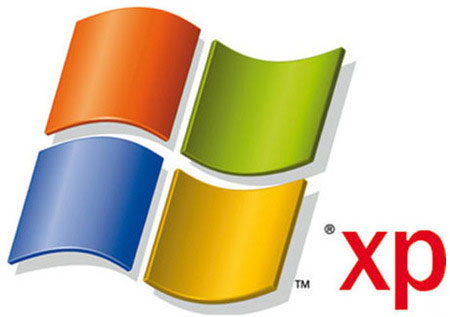
Let’s assume you have two computers at home and you want to connect them
together so that you can easily share an internet connection between the two
machines or transfer photos, music and other files from one computer to
another. How do you do this?
Connect Two Computers with an Ethernet Cable
There are two options – you can
either buy a router or, if you are looking for something more simple and don’t
want to spend money on new networking hardware, you can connect the two
computers using a commonly-available cable. The latter method doesn’t involve
any complicated network settings and you will still be able to share files,
internet connection, and even printers between computers.
To set up this basic wired home
network, all you need is an inexpensive Ethernet crossover cable and the other
requirement is that network cards* (also known as LAN or Ethernet cards) should
be installed on each of you computers.
[*] This should not be an issue because network cards are
available on most newer machines by default but if you are working with a very
old computer, you can either attach an internal LAN card to your computer’s motherboard
or go for a USB Network adapter that will turn a USB port into an
Ethernet (RJ45) port.
An Ethernet crossover cable looks like a standard Ethernet cable but the
internal wiring is a little different. You can purchase crossover cables at Amazon.com or from your local computer store. If you have
trouble finding them, you can purchase an inexpensive crossover adaptor and that will let you use any standard
Ethernet cable as a crossover cable.
Connect Computers with an Ethernet Crossover Cable
Before connecting the two computers
with a physical cable, make sure that both machine are using the same
workgroup. Here is step-by-step guide that explains how you can change the
workgroup of your computers.
Changing workgroup in
Windows XP – From the Start menu, right-click “My Computer.” Select
Properties in the drop-down menu, and then select the second tab that says
“Computer Name” from the System Properties window. Now click the “Change”
button, enter a unique Workgroup name and reboot your computer.
Changing workgroup in
Windows 7 or Vista – Open the Control Panel, type “Workgroup” in the
search box, and select the entry that says “Change Workgroup Name.” Click the
“Change” button, enter a Workgroup name and restart the computer. Windows 7
users can skip one step; simply type “Workgroup” in the search box in the start
menu, and select the first entry, then proceed as above.
Now that the workgroups are same
for both computers, connect the two computers together using the Ethernet
crossover cable. Simply plug-in one end of the crossover cable into the network
adapter of Computer A and connect the other end of the cable to the network
adapter of Computer B.
Windows will automatically
recognize the new network, and you can now easily view files and folder that
the other computer has shared. Simply open Networks from the Start Menu (or the
Control Panel), and you should see the other computer by its name. You can then
browse any shared files on the other computer, and can even utilize shared
printers.
Troubleshooting –
If you do not see the other computer under Networks, you probably have a prompt
at the top of your Network window saying that Network discovery is turned off .
Select “Turn on Network Discovery and File Sharing.” In the next prompt,
select “No, make the network I am connected to a private network.” Now
you should see the other computer on the home network.
[*] While it is possible to share files
between two computers connected with a crossover cable without making them part
of the same workgroup, the method will only work if both computers have this
network set as a private network, and may still cause problems. It is therefore
advisable to have both computers on the same workgroup before sharing files and
printers.
Share an Internet Connection Between Two Computers
There are scenarios where you may
want to share the same internet connection between two computers. For instance:
Situation A - You
have setup a Wi-Fi network at home but
your old desktop computer doesn’t have a wireless network card. In that case,
you can use the laptop to connect to the internet wirelessly and then share
that same connection with the desktop over a crossover Ethernet cable.
Situation B – You
have a netbook with a built-in cellular data connection. You can share that
connection with any another computer at home through the crossover Ethernet
cable.
Situation C – You
use a (slow) Wireless USB modem with your laptop computer while your desktop is
connected to an ADSL Broadband line and there’s no router at home. For any
bandwidth intensive tasks, like when you want to backup photos
from your laptop to an online service, you can connect the laptop to the
desktop and things will happen much faster.
OK, let’s look at the steps
required for sharing an Internet connection.
First, if you only wish to share
internet connection and not files, both computers need not belong to the same
workgroup. All you need to do is to connect the two computers with the Ethernet
crossover cable, and then turn on Internet connection sharing in the computer
that already has an Internet connection. The instructions vary for different
versions of Windows:
For Windows XP –
Select “Network and Internet Connections” from the Control Panel and click
“Network Connections.”
Right-click on the network connection you wish to
share (the one connected to the internet), select Properties, click on the
“Advanced” tab, and then check the box that says “Allow other network users to
connect through this computer’s Internet connection.” Click OK, and the
second computer that you have










